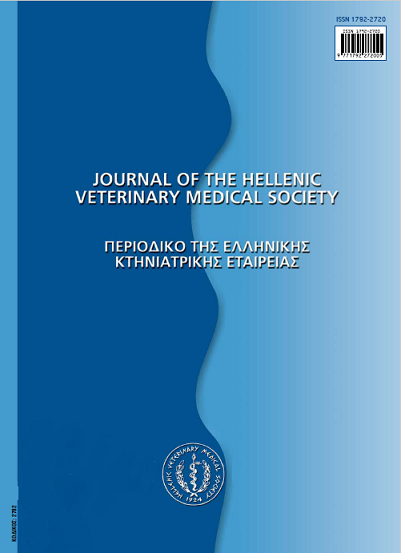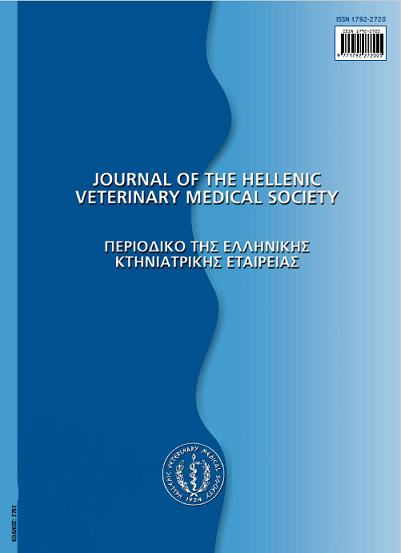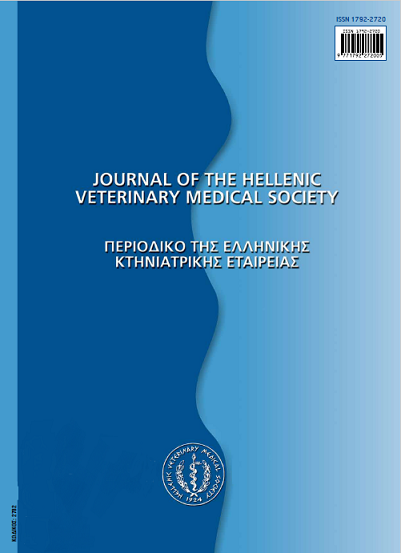Sea lice (Ceratothoa oestroides), (Rissa, 1826), infestation in Mediterranean aquaculture: new information
Résumé
Arthropoda parasites of fish are: Copepoda, Branchiura and Isopoda. The Branchiura are exclusively parasitic, while most of the Copepoda and Isopoda are free-living. About 450 species of isopods are parasites of marine and freshwater fish. Isopods are Malacostraca. In the isopod families Cymothoidae and Anilocridae, which number about 200 species, are parasitic species that remain on the fish body throughout their life. The main genus/species of interest to the Greek marine fish farmers is Ceratothoa oestroides. Other isopod species (Flabellifera-Cymothoidae, Anilocridae) have been reported to infest net-pen reared sea bass and/or sea bream, such as: Anilocra physodes, Nerocila orbignyi, Emetha audouini, Ceratothoa parallela. The name "Anilocra" is widely used by farmers for any type of isopods infesting their fish. A mature gravid female isopod releases about 400-550 larvae at a time. Ceratothoa sp are constantly fertile, remaining in reproductive condition throughout the year. Fecundity and hatching rate increase in warmer temperatures, July being the period of optimum isopod proliferation in the Mediterranean.
Members of these families (Cymothoidae, Anilocridae) are protandrus hermaphrodites, i.e. an individual develops and functions first as a male and then may become a female. Sexual differentiation takes place after the pulii II larvae have left the marsupium. Regarding the most sensitive age of the fish hosts when the parasites attach in their buccal cavity, empirical observations agree with research results that there is a significant correlation between the level of infection and the length of the host. Fish fry are the evident target for isopod attachment. Ceratothoa oestroides pulii II larvae remain free swimming and capable of infecting a host for about 7 days at 22°C. During this period, in case the host dies, after successful settlement of the parasite, the isopod larvae immediately abandon the dead fish and are still capable of actively seeking another. Parasitic isopods are fairly common crustacean infestations of wild tropical marine fish.
They are less common in cold marine waters and not often found on freshwater fish. The distribution of parasitic isopods, as that of all other parasites, is closely related to the occurrence and ecology of their hosts. Demersal fish in coastal waters are mainly infected, the parasites being rarer in benthic- and pelagic fish. Intensive fish farming in coastal waters in the Mediterranean provides an almost ideal environment for isopod parasites, hence, farmed sea bream (Sparus auratus), but mostly sea bass (Dicentrarchus labrax) infestations by isopods comprise a frequent problem in the Mediterranean. Ceratothoa oestroides is the most common among the isopod parasites and inflicts major damage to farmed fish. Among the wild fish, the usual hosts of parasitic isopods are mullets (Mugil sp., Liza sp.), bogues (Boops boops), goldlines (Boops salpa), striped breams (Lithognathus mormyrus) and white breams (Diplodus sargus). These fish species abound in the vicinity of sea bream (Sparus auratus) and sea bass (Dicentrarchus labrax) net pens feeding on waste feed and comprise the vectors for the transmission of the parasites to the farmed species. Heavy infestations of parasitic larvae may kill smaller fish when they first infect them, while seeking permanent attachment. Injured tissues are frequently invaded by secondary bacterial pathogens, such as Aeromonas sp., Flexibacter sp., Vibrio sp. and this may lead to severe escalation of mortality. In young stocks, the cumulative mortality due to parasitism by the pulii II larvae may run as high as 15% even without any bacterial implications. Isopod infestation is confirmed by gross observation of the parasites on the skin, mouth or in the gill chamber of the fish. Recommended prevention would be mainly by means of stock management measures. Excessive fish densities in the fry holding pens must be avoided. Often, in cases of heavy parasitism and mortality, reducing the fish density is enough by itself to remedy the situation. It is worth noting that on farms, where injection vaccination of sea bass is routinely performed, manual delousing of the anaesthetised fish, by means of small blunt forceps, prior to injecting results in a sharp drop of fish retaining adult isopods. Treatment of isopod larvae infestations has been attempted with considerable success by means of hourly formalin baths, at concentrations of about 150ppm, subsequent to enclosing the fish in a tarpaulin and providing ample water oxygenation. Laboratory and field experiments with deltamethrin (pyrethroid), in live fish and in isolated parasites, have indicated that the minimum effective in vitro dose, that kills Ceratothoa oestroides adults in 30 minutes, is 0.05mg/litre.
Article Details
- Comment citer
-
VAGIANOU (ΒΑΓΙΑΝΟΥ ΣΤ) S., BITCHAVA (Κ. ΜΠΙΤΧΑΒΑ) K., & ATHANASSOPOULOU (ΑΘΑΝΑΣΟΠΟΥΛΟΥ Φ.) F. (2017). Sea lice (Ceratothoa oestroides), (Rissa, 1826), infestation in Mediterranean aquaculture: new information. Journal of the Hellenic Veterinary Medical Society, 57(3), 223–229. https://doi.org/10.12681/jhvms.15043
- Numéro
- Vol. 57 No 3 (2006)
- Rubrique
- Review Articles
Authors who publish with this journal agree to the following terms:
· Authors retain copyright and grant the journal right of first publication with the work simultaneously licensed under a Creative Commons Attribution Non-Commercial License that allows others to share the work with an acknowledgement of the work's authorship and initial publication in this journal.
· Authors are able to enter into separate, additional contractual arrangements for the non-exclusive distribution of the journal's published version of the work (e.g. post it to an institutional repository or publish it in a book), with an acknowledgement of its initial publication in this journal.
· Authors are permitted and encouraged to post their work online (preferably in institutional repositories or on their website) prior to and during the submission process, as it can lead to productive exchanges, as well as earlier and greater citation of published work.











